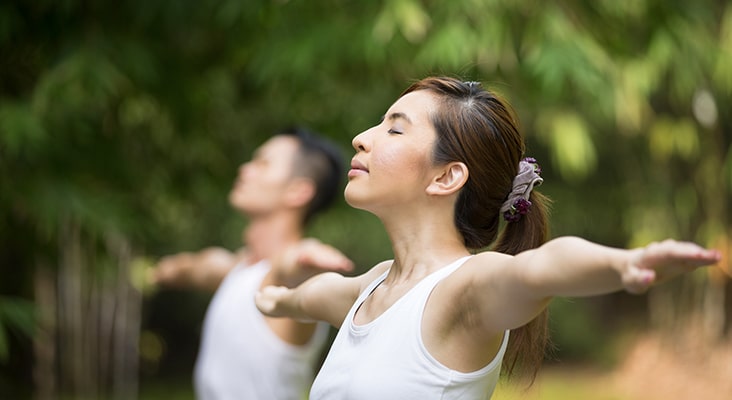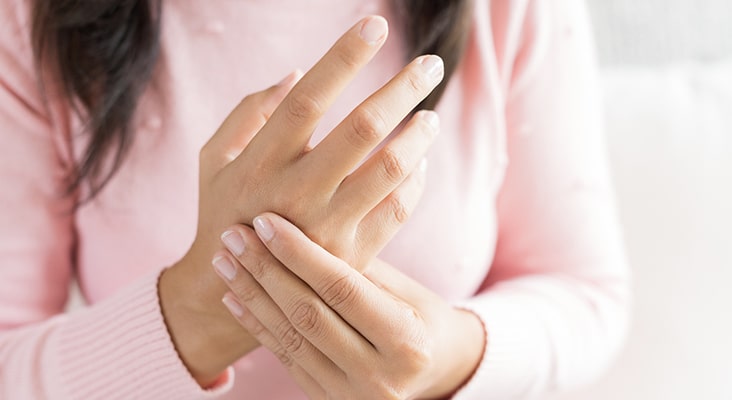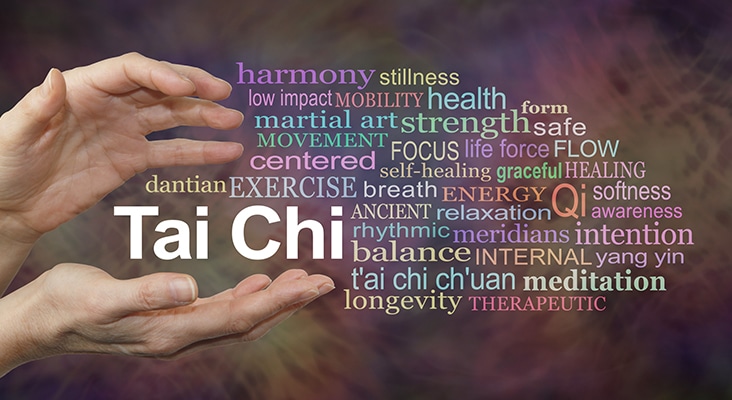Using Tai Chi to Improve Musculoskeletal Disorders
Dental hygienists report pain in their necks, shoulders, and hands/wrists at higher rates than other oral health professionals, including dentists.

Dental hygienists report pain in their necks, shoulders, and hands/wrists at higher rates than other oral health professionals, including dentists. Prolonged standing postures, bending of the spine, and excessive reaching activities using the upper extremities place dental hygienists at high risk for musculoskeletal injury. In addition to physical stress, dental hygienists experience psychological stress and anxiety in the workplace.
Photo Credit: FatCamera / E+

Body-Mind Connection
For these reasons, therapeutic exercise programs are recommended to both prevent and treat musculoskeletal problems. Tai chi, an ancient Chinese form of self-defense, may help dental hygienists reduce work-related pain and injury. Using slow, graceful movements, Tai chi is practiced to relieve stress and improve health. Tai chi emphasizes low-impact, flowing movements and is safe for most populations. It is inexpensive, requires no special equipment, and can be performed either alone or in small groups. Tai chi emphasizes the mind-body connection, similar to yoga.
Photo Credit: sjenner13 / iStock / Getty Images Plus

Arthritis Prevention and Management
Tai Chi for Arthritis, a specialized form of tai chi developed by Paul Lam, MD, is specifically developed for individuals who are prone to arthritic joints that limit full range of motion and rigorous exercise. It uses agile steps that enhance mobility, breathing, and relaxation. The Arthritis Foundation has endorsed Tai Chi for Arthritis, noting that its gentle and fluid movements have resulted in well-established improvements to health. Symptoms of arthritis begin on average at age 48, with diagnosis occurring typically at age 50. As 28% of practicing dental hygienists are older than 50, they may be susceptible to this disease. Though developed specifically for arthritis treatment and prevention, Tai Chi for Arthritis offers a relatively easy, low-impact form of the art appropriate for individuals with multiple types of musculoskeletal disease or healthy individuals who are interested in prevention.
Photo Credit: spukkato / iStock / Getty Images Plus

Symptom Reduction
Research has demonstrated that participation in tai chi can reduce symptoms and enhance function in various forms of arthritis. In addition, a randomized controlled study demonstrated that a 10-week program of tai chi reduced low back pain and disability. Tai chi may also help improve bone health in perimenopausal and postmenopausal women. It has been shown to yield results similar to formal physical therapy sessions for patients experiencing knee osteoarthritis and may reduce depression, anxiety, and stress.
Photo Credit: LittleBee80 / iStock / Getty Images Plus

Basis of Relaxation
Pain during tai chi is not desirable, and positions and movements that exacerbate current conditions or cause new symptoms should be avoided. Relaxation is key, and proper breathing will help to ease tense muscles and reduce anxiety. Coordination of each inhalation and exhalation with individual movements of the body can create a rhythmic sense of serenity. Participants should not hold their breath for an extended period of time. Generally speaking, extremes of movement should be avoided, such as fully extending or locking the elbows and knees. Rather, the joints should remain relaxed as the body moves throughout the range of motion in a slow and graceful manner.
Photo Credit: NikkiZalewski / iStock / Getty Images Plus

Eliminating Symptoms
Due to the physical demands of the job and accompanying musculoskeletal problems, dental hygienists should consider complementary and alternative medicine practices, such as tai chi, for both prevention and treatment of various painful conditions. The breathing and postural awareness learned through tai chi can reduce stress and the aches and pains occurring during workdays.

